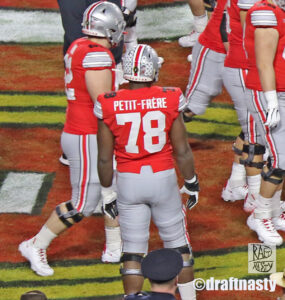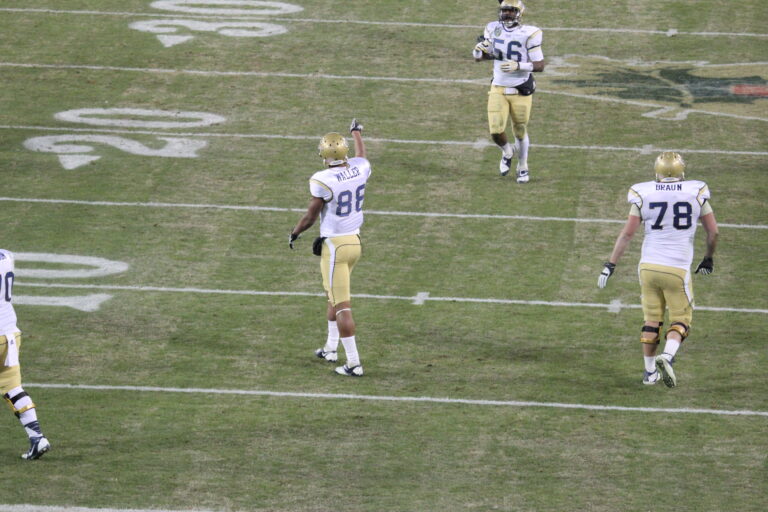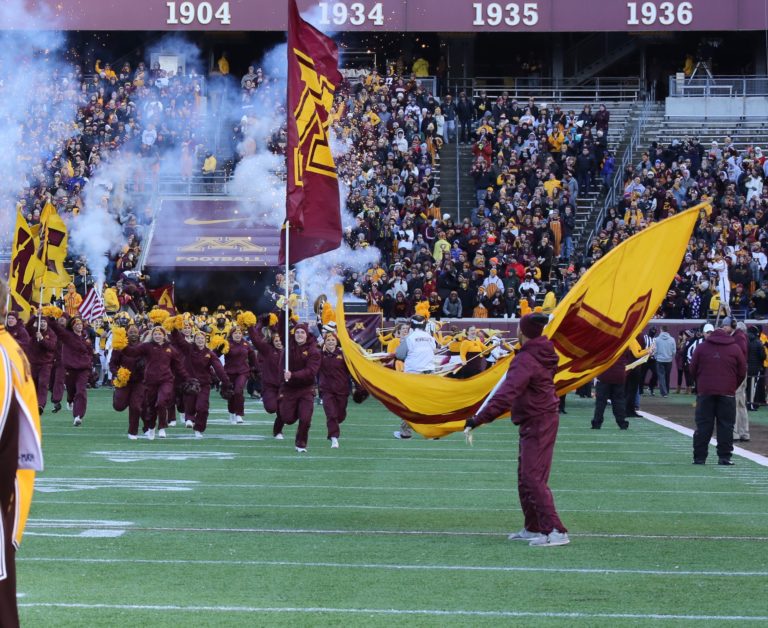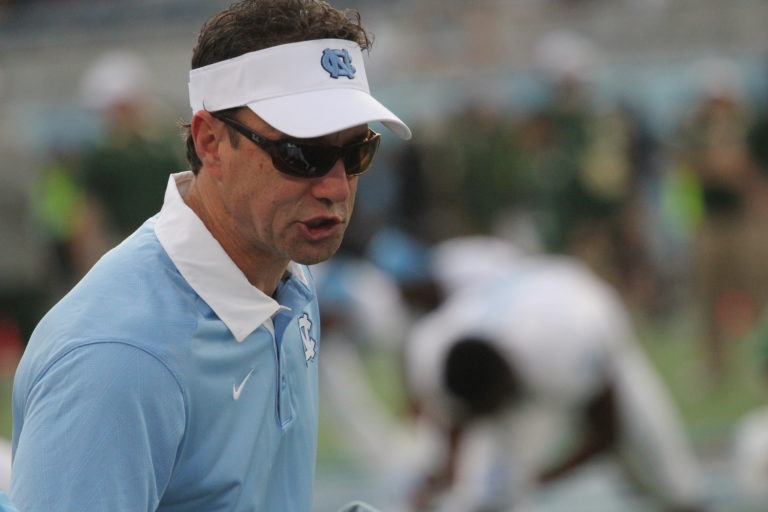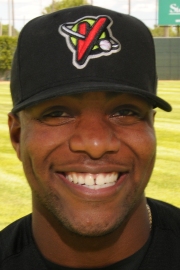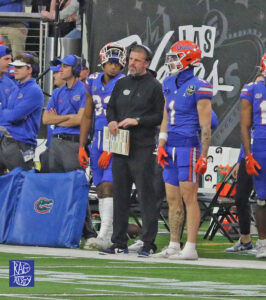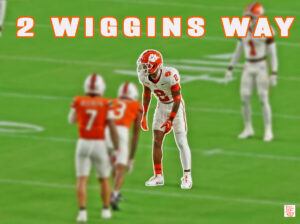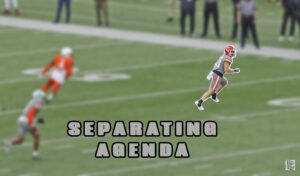When former Georgia Tech wide receiver Darren Waller came out of school in an option-based offense back in 2014, he...
Georgia Tech Yellow Jackets
Two run heavy offenses squared off in Detroit in the Quick Lane Bowl. However, Minnesota was able to make more...
Season outlook Larry Fedora will have to make do without 13 suspended players to begin the season. Nine of the...
In many ways, Chevez “Chevy” Clarke headed into the summer just like most people his age. He graduated from high...
